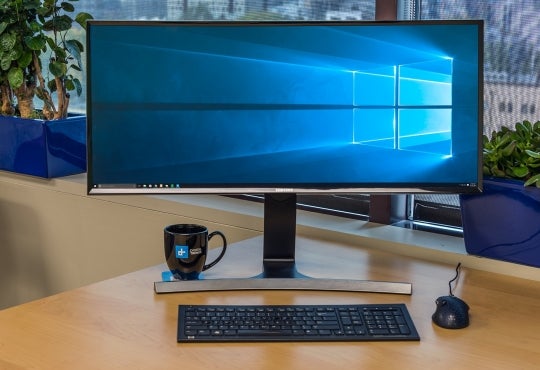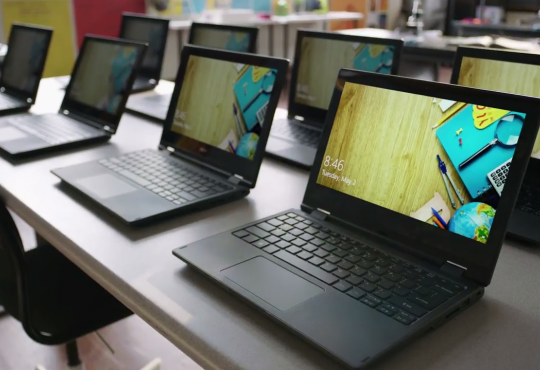Malware is a general term used to describe software that can perform certain behaviours on your computer, generally without obtaining your consent first. Even regular browsing can leave your computer exposed to these threats. Malware, along with adware and spyware threats are identified daily.
Most computer users know about malware and have systems in place to protect themselves. However, with the new threats that are being identified daily, coupled with a huge amount of freeware and games available online, any browsing or downloading can leave a hole for these spyware to get into the system.
Many spyware, including adware and malware can reinstall themselves even after the users think they have removed them. They can hide deep within Windows, making them very difficult to clean. Thus, preventing these threats from entering your system is a much better security measure. This guide will detail the different varieties of preventive measures.
Use a Secure Browser
Opera and Firefox are excellent browsers with a strong emphasis on security. Less secure browsers come with security holes that allow malware to automatically download. High security browsers will reveal what program is trying to self-download and give the user the option to approve or reject these downloads. For Internet Explorer users, update to the latest version and set the security settings to high.
Be Smart About Your Browser
Install a site advisor, such as McAfee’s Site Advisor (www.siteadvisor.ca). With the McAfee Site Advisor, red and green icons appear next to your Google or Yahoo search results. Green means the site is safe while red represents a potentially dangerous website. Other side advisor programs work in a similar way. Clicking on these icons will direct you to the Site Advisor Website, which contains information about the site and what type of malware it contains. The best thing about these site advisors is they are free and will not cost anything to install. Also, avoid using add-on toolbars in your web browser, unless these toolbars come from trusted source (such as Yahoo, Google, etc.). These “helpful” little toolbars that come from an un-reputable source with nifty little options may mean that you are being observed, recorded and infected.
Use Anti-virus and Anti-spyware Programs
Have an inbound and outbound firewall enabled plus anti-virus software installed. This software serves as a buffer between the computer and the outside world. It will alert that someone is trying to access a targeted computer to put software (or a virus) on it. With a firewall, inbound activity, such as downloads or pings must be authorized. As for outbound activity, it will stop intruders from sending personal information to third-party websites. Run regular scans to detect issues. Real time protection should be turned on as well as automatic updates.
Develop Safe Surfing Habits
Stick to sites you are familiar with and know are legitimate. When searching for information on the validity of websites or programs, make sure the source is credible. Avoid file-sharing, ad-laden and .info websites as they are infamous for harboring malware. Do not download programs until after researching them online. Make sure to read the End User License Agreement to learn if the software installs adware as a condition of it being free. Popular, heavy-traffic sites such as About, YouTube, Yahoo, Wikipedia, and any number of familiar news sites are sure to be the safer bets.
Be Smart About Your E-mail
Use an e-mail service that scans incoming messages for threats, Gmail is one example that offers this feature. Be suspicious of all e-mail attachments; files other than photos, office documents, or anything else you don’t recognize should be examined extensively, no matter where it comes from. Also, be extremely cautious about links in e-mails and instant messages. Make sure that you know where exactly the links will take you. You can check where a link will take you by hovering over the link with your mouse cursor, and the URL will be displayed at the bottom of your browser.
References
http://www.ehow.com/how_6109556_prevent-adware_-spyware-malware.html
http://www.bestsecuritytips.com/xfsection+article.articleid+209.htm
http://www.microsoft.com/security/pc-security/spyware-whatis.aspx
http://www.ofzenandcomputing.com/zanswers/186/
http://www.internetworldstats.com/articles/art053.htm
[Malware]. (n.d.). Retrieved from https://www.novainfosec.com/wp-content/uploads/2013/12/malware-analysis.jpg










